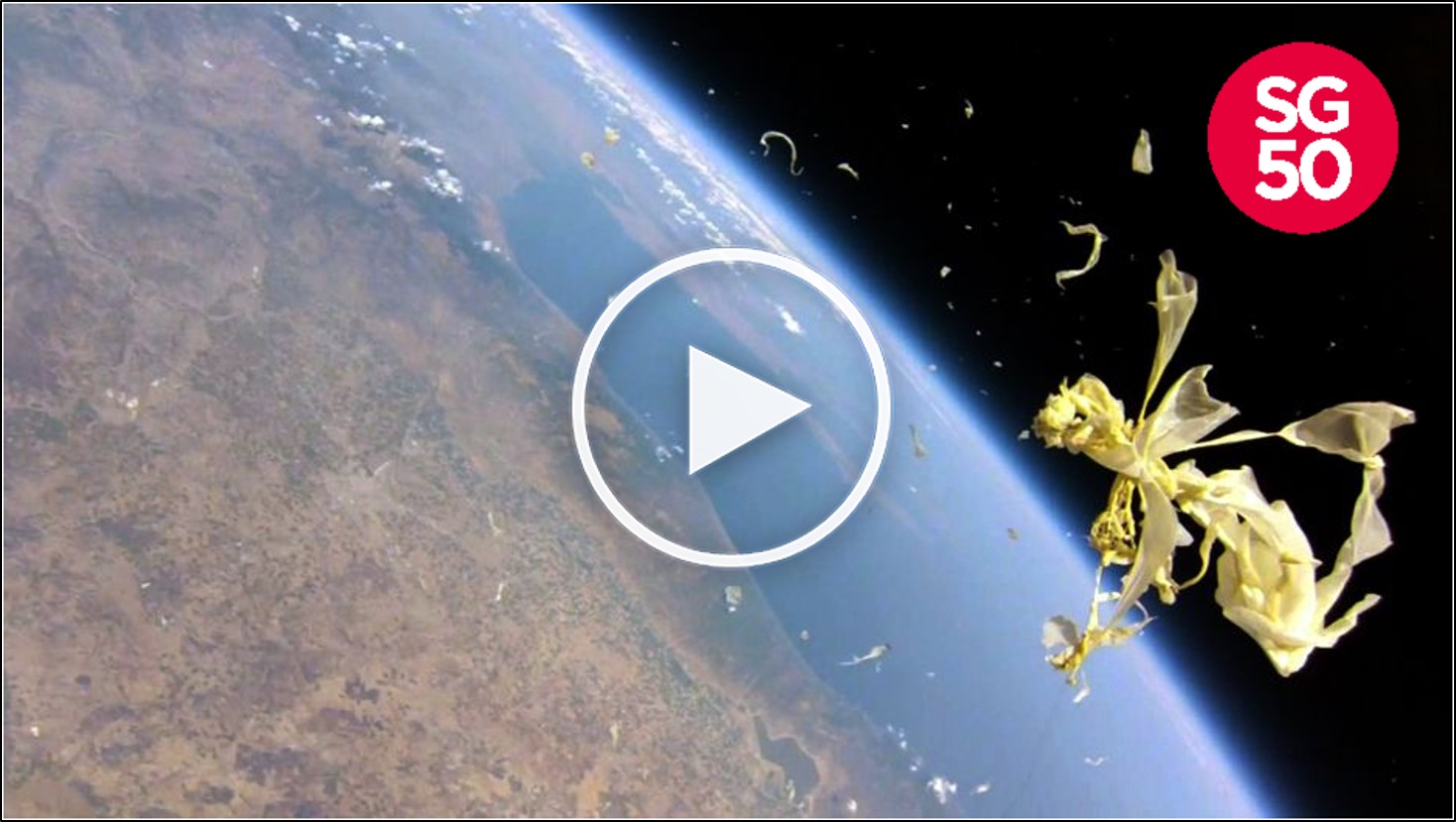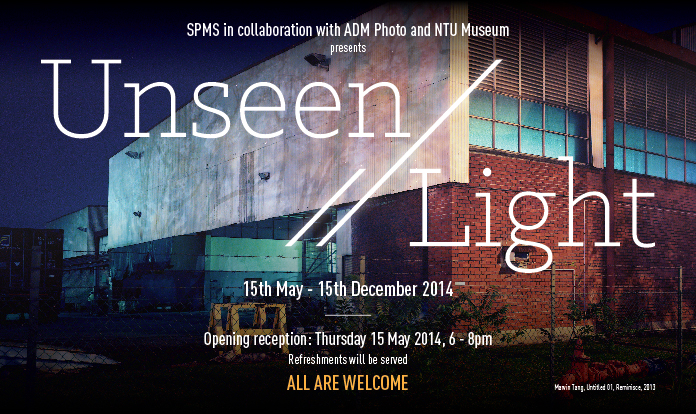Trust me, you can dance.
-- Vodka
Undergraduate Projects
Balloon-Drone for Volcano Surveillance (2018)
Autonomous glider drones are employed for aerial monitoring of volcanic eruption, but conventional methods of drone deployment require the gliders to gain altitude independently, substantially reducing their autonomous flight time (which in the absence of thermals can fall below 30 minutes). In this PS9888 (Making and Tinkering) module, we wanted to use a weather balloon to provide uplift for the surveillance glider to a drop altitude of ~4000 m. We designed a release system that detaches the glider from the balloon upon reaching the specified altitude and expect that this method would allow extending volcano surveillance missions to one hour or more - a huge improvement from the flight time of a glider without balloon assistance.

Solar Ornithopter (2016)
In this PS9888 (Making and Tinkering) module, we wanted to integrate flexible solar cells on the wings of a robotic ornithopter (a robot that flies like a bird), to recharge its batteries. We designed an ornithopther with oversized wings to increase surface area, and obtained polymer solar foils from infinityPV, with nominal power conversion efficiency of 5%. We tested and increase in battery duration of approximately 20%, meaning that next flexible solar cell technologies, such as hybrid organic inorganic perovskite cells with target efficency of 20%, could enable completely self-powered ornithopters.

Space Balloon (2015)
In this PS9888 (Making and Tinkering) module, we wanted to test frinGOe - an innovative optical spectrometer, in extreme environmental conditions, as well as a number of tracking and sensing systems for high altitude balloons. We succesfully launched and retrieved 3 helium balloons in Australia, which reached peak altitude of about 30 Km before falling back on Earth! For more information, follow the NTU High Altitude Balloon project on Facebook and see the photogallery of our adventure on Flickr!

Unseen Light (2014)
In this collaborative project with students from the Photography and Digital Imaging Program at the School of Art, Design and Media, we created an exhibition where photography ran alongside the scientific laboratories at the School of Physical and Mathematical Sciences. Just as scientists explore unusual aspects of light, the artists utilize non-conventional visual methods to explore and re-imagine spaces and invent new perspectives. Through the use of techniques such as pinhole cameras, digital imaging, large-format photography and other unorthodox materials, these artists gave inspirations to a new refreshing array of possibilities in interdisciplinary research between art, photography, and the physical sciences. See the photogallery of the opening event.
PhD Theses
- Anna Paterova (2018): Infrared metrology using visible light
- Daniele Cortecchia (2017): Controlling luminescence properties of 2D perovskites by structural design
- Charles Altuzarra (2017): Quantum interferences with nanostructured metamaterials
- Chin Xin Yu (2017): Charge modulation spectroscopy of solution-processable field effect transistors
- Paola Lova (2017): Polymer distributed Bragg reflectors for label-free vapor sensing
- Yin Jun (2016): First principles studies of multidimensional hybrid material systems
- Manoj Kumar (2016): Ultrafast photoexcitation dynamics of low dimensional PbSe nanostructures
- Wang Zilong (2015): Plasmon-polaron coupling in conjugated polymers on inrared metamaterials
- Christophe Wilhelm (2015): Controlling semiconductor nanowire light emission by a photonic crystal cavity: towards integrated nanolasers
- Majid Panahandeh Fard (2015): Ultrafast charge transfer at GaAs/P3HT as a model system for hybrid organic-inorganic heterointerfaces
- Dai Xing (2014): Transport studies in quasi one-dimensional III-V wires, tubes, and fin structures
-
Master Theses
Lew Kar Cheng (2017): Cathodoluminescence spectroscopy of organic-inorganic perovskites - Cui Long (2016): Fabrication of micro/nanowire fibres, novel fibre devices and their applications
-
Honors Theses
Ummu Sumaiyah Eliase (2016): Perovskite device physics - Junn Yaw Ong (2014): Optical switching for cognitive photonics
- Wang Enze (2014): Enhencement of photoinduced absorption of P3HT:PCBM by employing distributed Bragg reflector as the back reflector
- Hung Quang Nguyen (2013): GaAs/P3HT bilayer hybrid structure
- Xin Yu Chin (2012): Infared charge modulation spectroscopy of organic field-effect transistor
- Eng Aik Chan (2012): Photoconductive terahertz generation and detection
